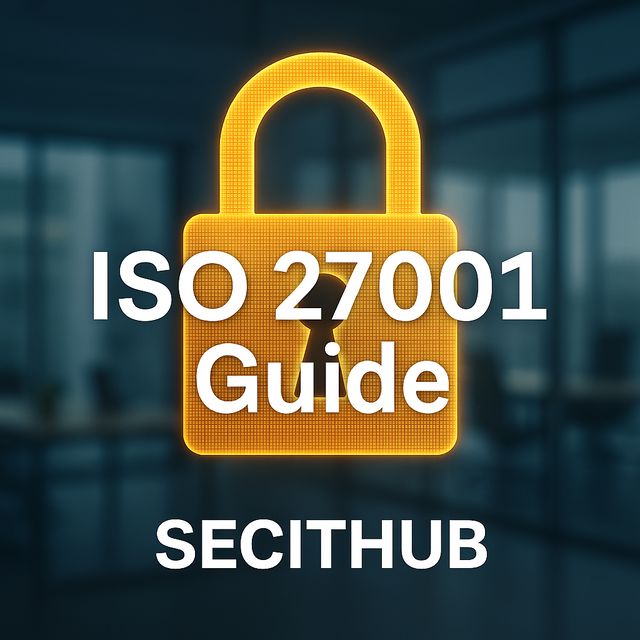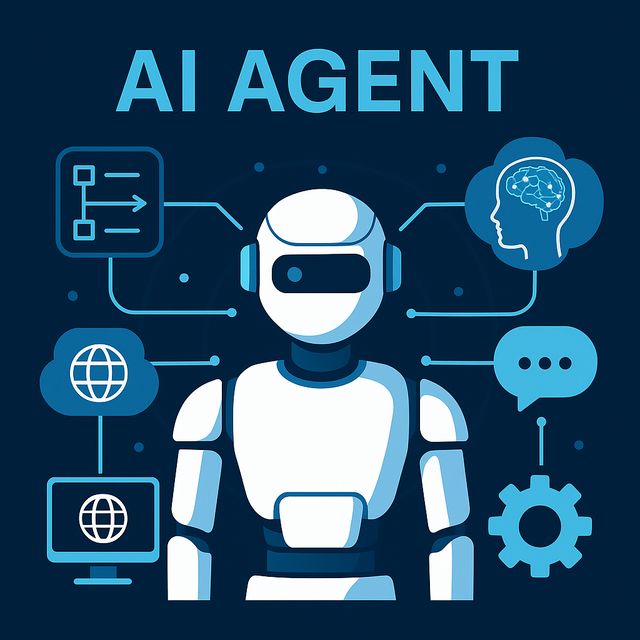“What if your IT team could predict issues before they happen, manage hundreds of devices remotely, and improve efficiency—all without leaving their desks?”
Welcome to the world of RMM (Remote Monitoring and Management) solutions. In large enterprises where managing thousands of endpoints, servers, and networks can feel overwhelming, RMM tools aren’t just a convenience—they’re a strategic advantage.
In this article, we’ll explore how RMM solutions can revolutionize IT operations in large companies, the key benefits they offer, and why they’re becoming indispensable for modern IT departments.
What is an RMM Solution
RMM stands for Remote Monitoring and Management, a technology that enables IT professionals to:
- Monitor the performance, health, and security of devices, networks, and applications remotely.
- Manage updates, patches, configurations, and even troubleshoot issues without being physically present.
- Automate routine IT tasks, improving efficiency and reducing human error.
Think of RMM as the command center for IT departments, providing real-time visibility and control over the entire IT infrastructure from a centralized dashboard.
Why RMM is a Game-Changer for Large Enterprises
In large organizations, IT teams face unique challenges:
- Managing thousands of endpoints across different locations
- Ensuring security compliance with complex regulations
- Maintaining uptime for critical systems
- Responding quickly to incidents without overwhelming resources
RMM solutions address these challenges head-on, offering benefits that go beyond simple device management.
Key Benefits of RMM Solutions for IT Departments
Proactive Monitoring and Issue Detection
Traditional IT support often relies on the “break-fix” model—waiting for something to go wrong before taking action. RMM flips this approach by enabling proactive monitoring.
- Real-Time Alerts: Detect potential issues like CPU spikes, low disk space, or unusual network activity before they escalate.
- Predictive Analytics: Some advanced RMM tools use machine learning to predict failures based on historical data.
- Automated Responses: Set rules for automatic remediation of common issues, such as restarting services or clearing caches.
Impact:
- Reduced downtime
- Faster incident response
- Improved system reliability
Centralized Management Across Distributed Environments
Large enterprises often have multiple offices, remote employees, and hybrid infrastructures. RMM provides a single pane of glass to manage everything, regardless of location.
- Device Control: Manage desktops, laptops, servers, mobile devices, and even IoT endpoints from one dashboard.
- Remote Access: Troubleshoot and resolve issues without needing physical access to the device.
- Network Monitoring: Gain visibility into network performance, bandwidth usage, and potential bottlenecks.
Impact:
- Streamlined IT operations
- Consistent security policies across all devices
- Reduced need for on-site visits, saving time and costs
Automated Patch Management and Software Updates
Unpatched systems are a major security risk. With RMM, IT teams can automate the process of keeping systems up to date.
- Patch Deployment: Schedule and deploy patches across all devices automatically.
- Compliance Reporting: Ensure that critical updates are applied, meeting regulatory requirements.
- Rollback Capabilities: If a patch causes issues, quickly roll back to a stable version.
Impact:
- Enhanced security posture
- Reduced risk of data breaches
- Time savings for IT staff
Enhanced Security and Threat Detection
In today’s threat landscape, security is non-negotiable. RMM solutions play a crucial role in:
- Endpoint Protection: Monitor for signs of malware, ransomware, or unauthorized access attempts.
- User Activity Monitoring: Detect unusual login behavior or data transfers that could indicate insider threats.
- Integration with Security Tools: Many RMM platforms integrate with SIEM (Security Information and Event Management) systems for advanced threat detection.
Impact:
- Faster threat detection and response
- Improved incident management
- Stronger defense against cyberattacks
Improved IT Resource Allocation
By automating routine tasks, RMM frees up IT staff to focus on strategic initiatives instead of repetitive maintenance.
- Task Automation: Automate backups, system cleanups, log monitoring, and more.
- Efficient Ticketing: Integrate with ITSM (IT Service Management) tools to streamline helpdesk operations.
- Detailed Reporting: Generate performance reports for devices, users, and IT operations.
Impact:
- Higher productivity for IT teams
- Better resource planning
- Data-driven decision-making
Scalability for Growing Organizations
As companies grow, so does their IT complexity. RMM solutions are designed to scale effortlessly.
- Flexible Deployment: Support for on-premises, cloud, and hybrid environments.
- Multi-Tenant Architecture: For large organizations or MSPs (Managed Service Providers), manage multiple environments from a centralized console.
- Role-Based Access: Assign permissions based on user roles, ensuring secure management across departments.
Impact:
- Simplified IT management during growth
- Consistent security and performance standards
- Cost-effective scalability
Key Features to Look for in an Enterprise-Grade RMM Solution
- Comprehensive Device Support: Ability to manage Windows, macOS, Linux, mobile devices, and network equipment.
- Robust Security Features: Built-in endpoint protection, encryption, and compliance tools.
- Advanced Automation: Scripting capabilities, scheduled tasks, and workflow automation.
- Integration Capabilities: Compatibility with existing IT tools like SIEM, ticketing systems, and cloud platforms.
- Scalability and Flexibility: Support for multi-site, multi-tenant environments with customizable dashboards.
- Real-Time Analytics: Dashboards with live data for monitoring performance metrics and security alerts.
Challenges and Considerations in Implementing RMM Solutions
While RMM offers numerous benefits, organizations should consider:
- Complexity of Deployment: Large environments may require careful planning for seamless integration.
- Security Risks: If misconfigured, RMM tools can become a target for attackers, as they provide access to critical systems.
- User Privacy Concerns: Transparent communication about monitoring practices is essential to maintain trust within the organization.
Best Practices
- Implement strong access controls and encryption for RMM platforms.
- Regularly audit RMM configurations and access logs.
- Provide training for IT staff to maximize the tool’s capabilities securely.
SECITHUB Key Recommendations for Maximizing RMM Benefits
- Choose the Right RMM Solution: Evaluate your organization’s specific needs—scalability, security features, integration capabilities—before selecting a platform.
- Implement Role-Based Access Control (RBAC): Ensure that only authorized personnel can access critical systems through RMM.
- Prioritize Automation: Leverage automation for repetitive tasks to free up IT resources for strategic projects.
- Regularly Review and Optimize: Continuously monitor RMM performance and adjust configurations to meet evolving business requirements.
- Integrate with Security Frameworks: RMM should be part of a broader security strategy, working alongside SIEM, endpoint protection, and compliance tools.
In large enterprises, IT departments are the backbone of business continuity. Managing complex, distributed environments without the right tools leads to inefficiencies, security gaps, and increased costs.
RMM solutions are more than just management tools—they’re strategic enablers that enhance security, streamline operations, and drive business growth. When implemented correctly, they transform IT from a reactive support function to a proactive, value-driven powerhouse.
Because at the end of the day, it’s not just about managing systems—it’s about empowering people and processes to perform at their best.


